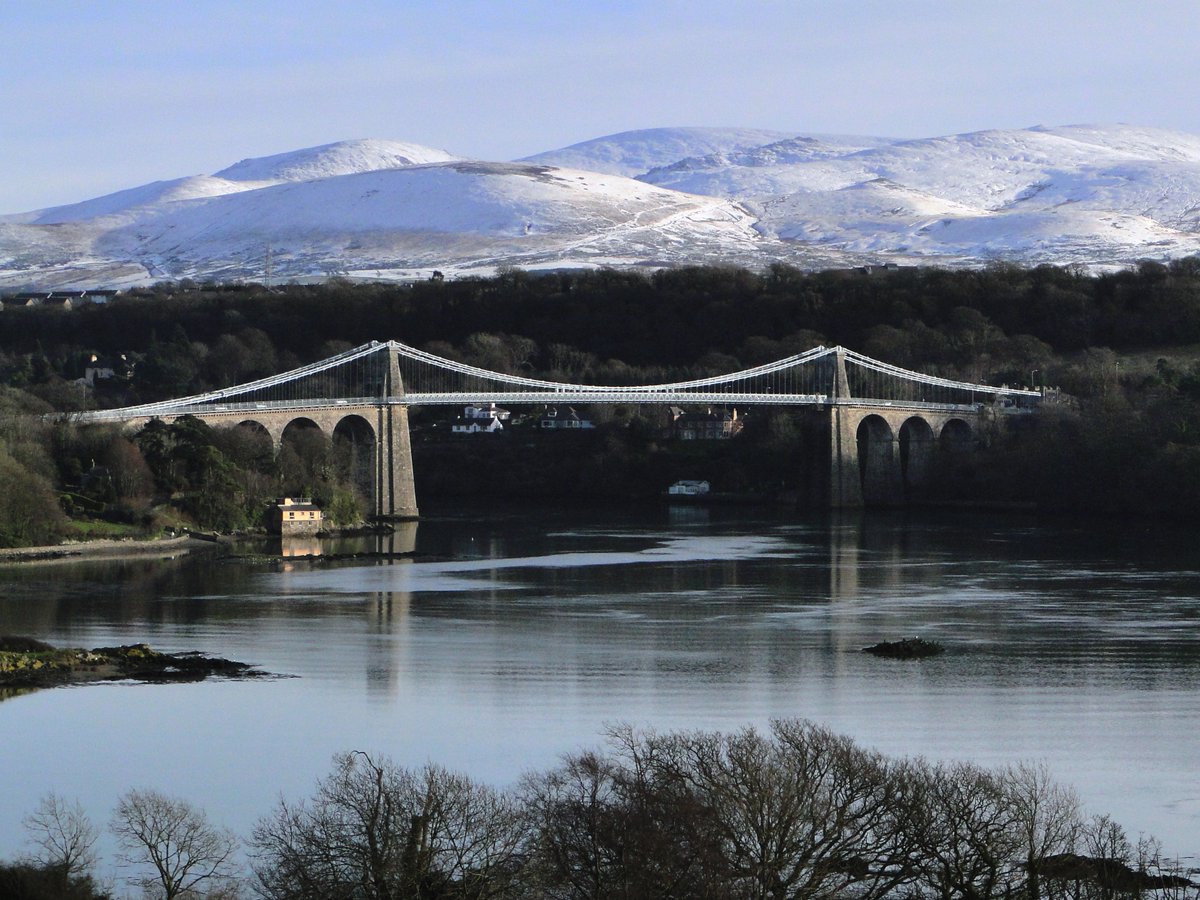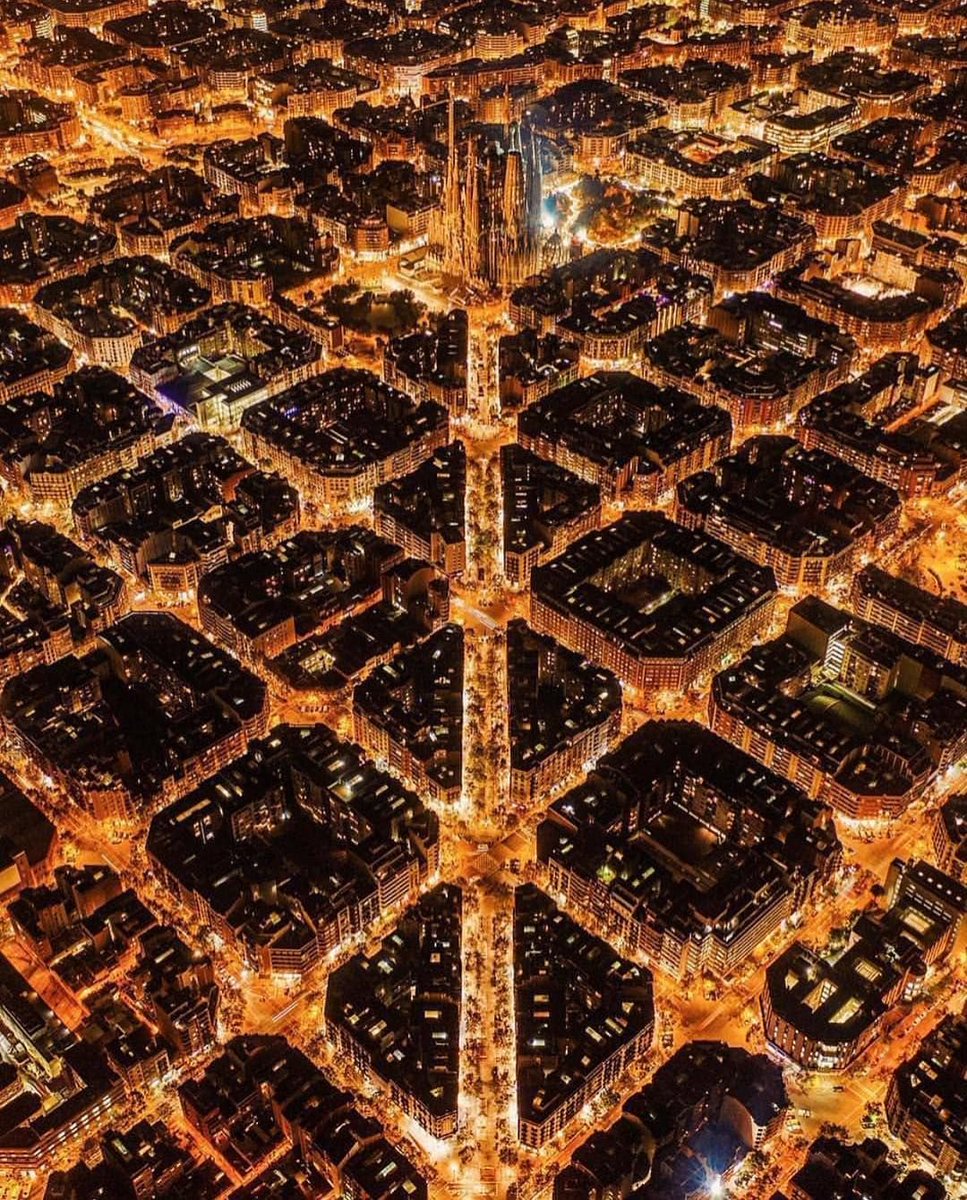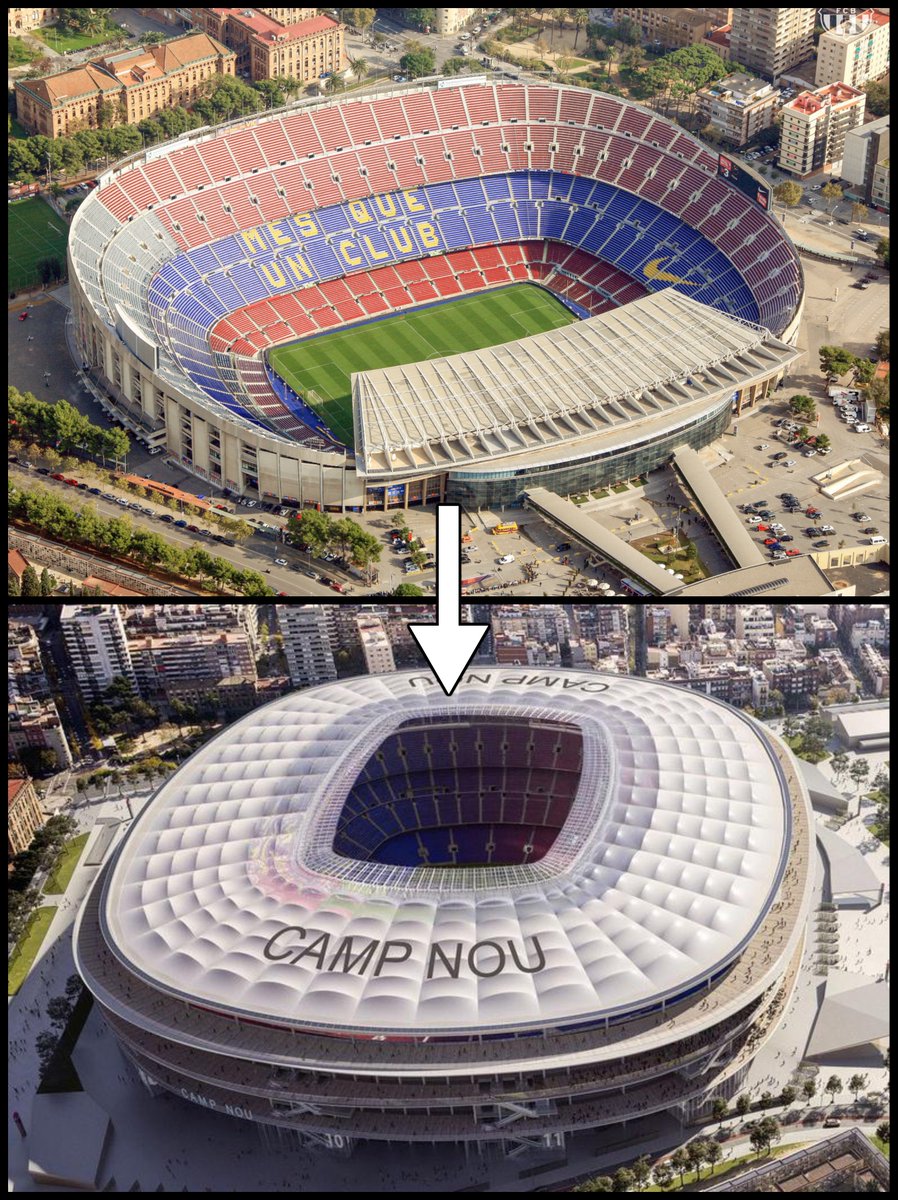Bridges represent some of the greatest achievements of human engineering and architecture. Here are 12 of the most extraordinary:
1. Millau Viaduct, France (2004) - the world's tallest bridge.
1. Millau Viaduct, France (2004) - the world's tallest bridge.
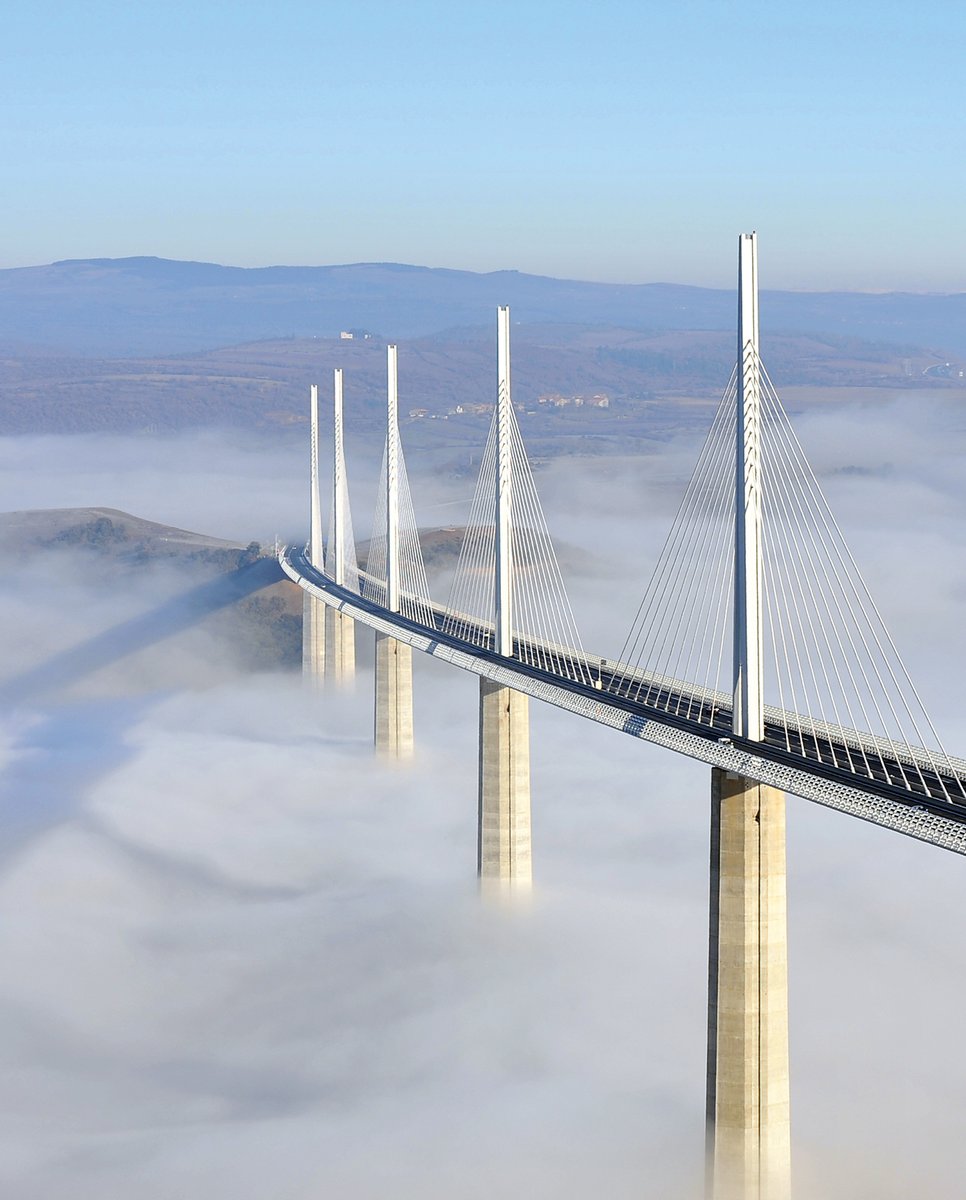
3. Chenab Bridge, India (2022)
Rising 359 metres above the Chenab River, this is the highest rail bridge in the world.
Rising 359 metres above the Chenab River, this is the highest rail bridge in the world.
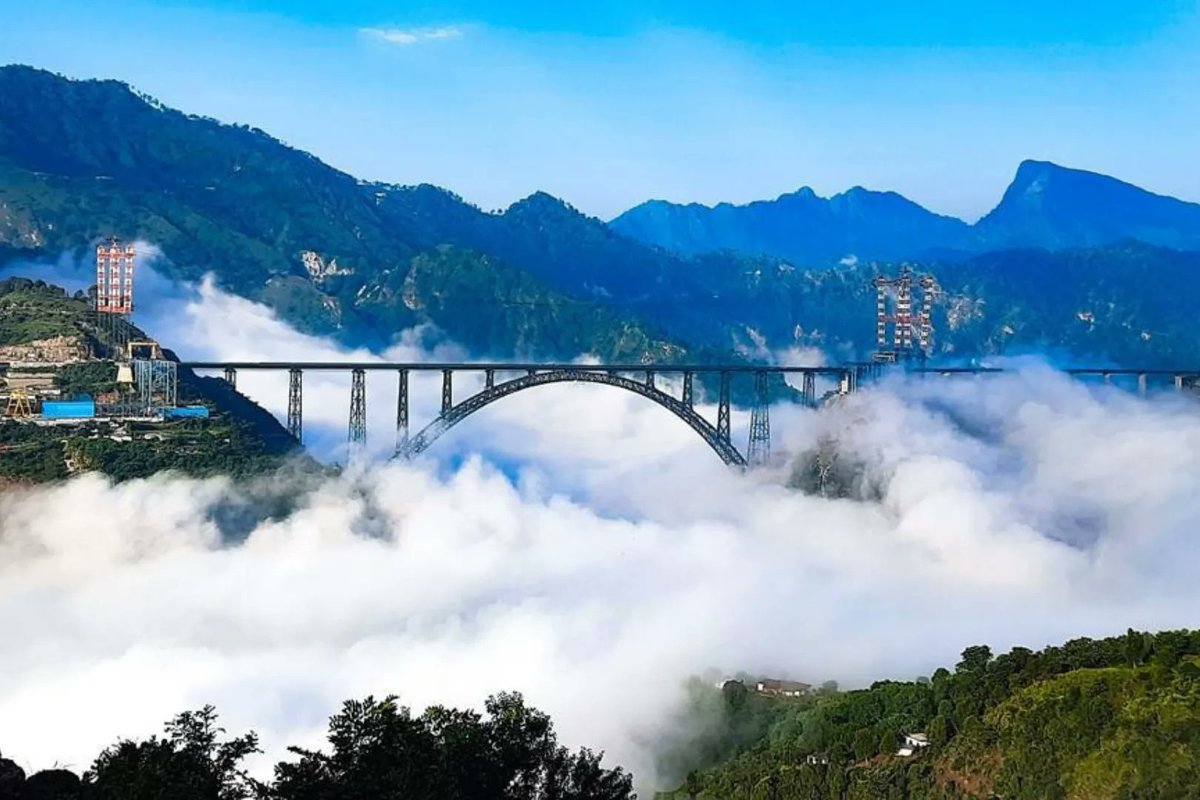
4. Øresund Bridge, Denmark-Sweden (1999)
The longest bridge in Europe, it connects the road and rail networks of Scandinavia with those of Western Europe.
The longest bridge in Europe, it connects the road and rail networks of Scandinavia with those of Western Europe.
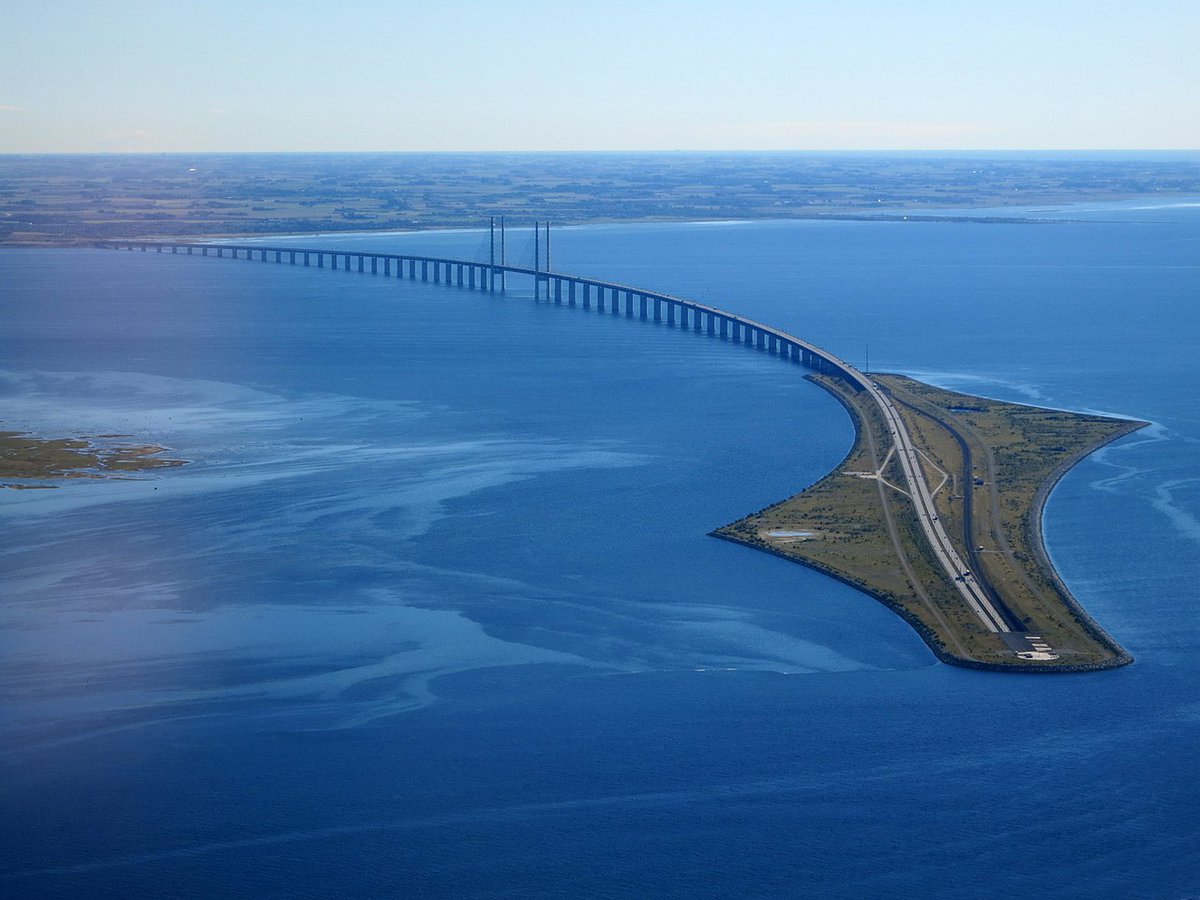
5. Allahverdi Khan Bridge, Iran (1602)
Known locally as Si-o-se-pol, this is one of the finest stone-arch bridges in the world, which was the dominant method of bridge construction for centuries.
Known locally as Si-o-se-pol, this is one of the finest stone-arch bridges in the world, which was the dominant method of bridge construction for centuries.
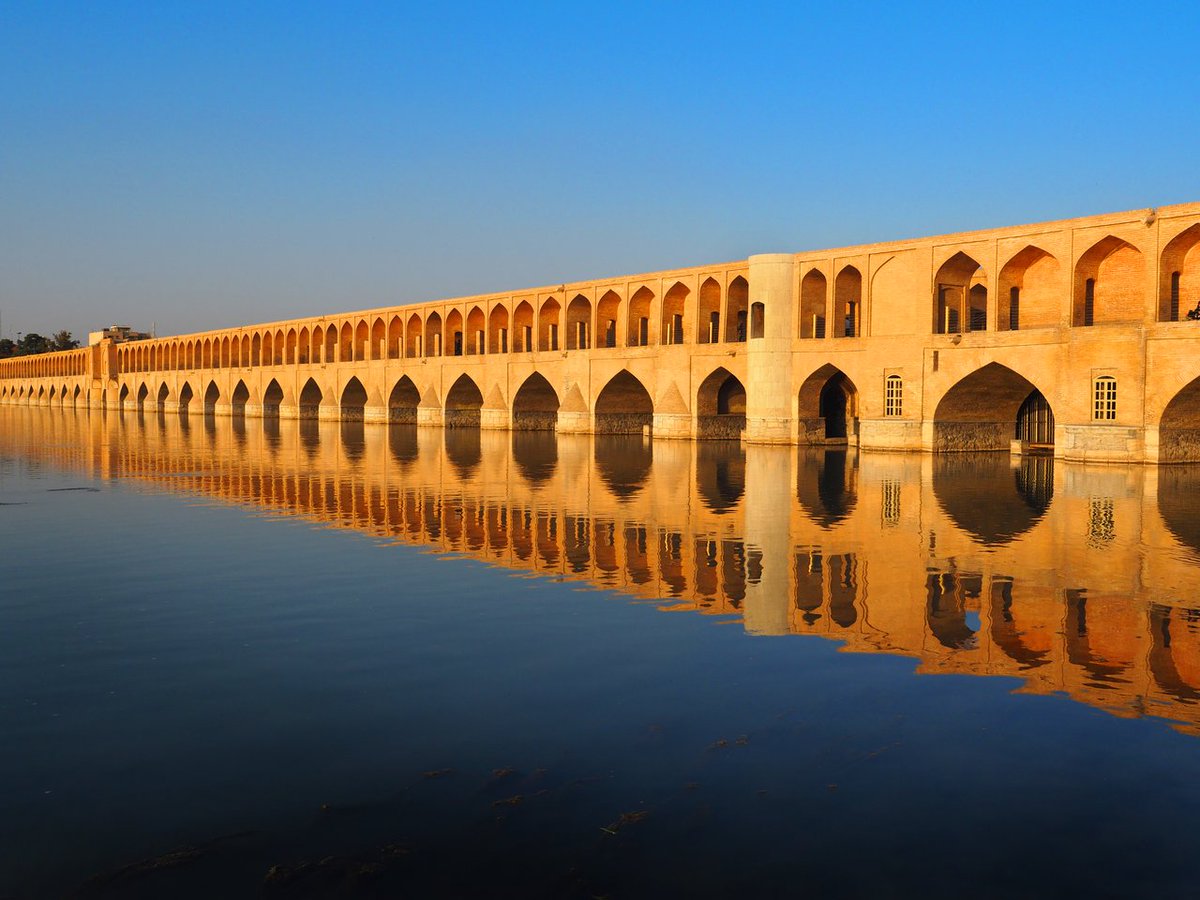
6. Forth Bridge, Scotland (1890)
Once the longest cantilever bridge in the world, it is a testament to how scientific progress and industrialisation had changed what was possible with engineering.
Once the longest cantilever bridge in the world, it is a testament to how scientific progress and industrialisation had changed what was possible with engineering.
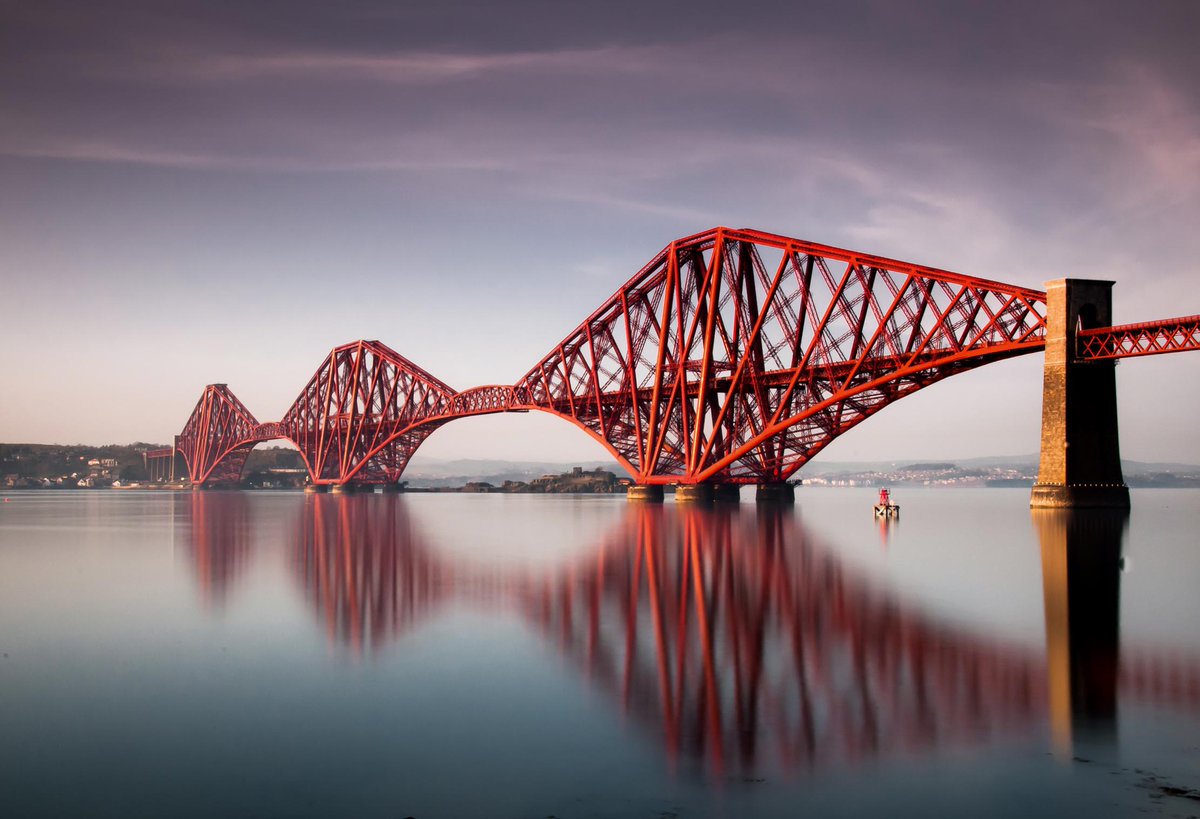
7. Bridge of Sighs, Venice (1603)
Not remarkable for its engineering but for its beauty, this bridge connects a prison with interrogation rooms in the Doge's Palce; from its windows convicts would glimpse their final view of Venice.
Not remarkable for its engineering but for its beauty, this bridge connects a prison with interrogation rooms in the Doge's Palce; from its windows convicts would glimpse their final view of Venice.
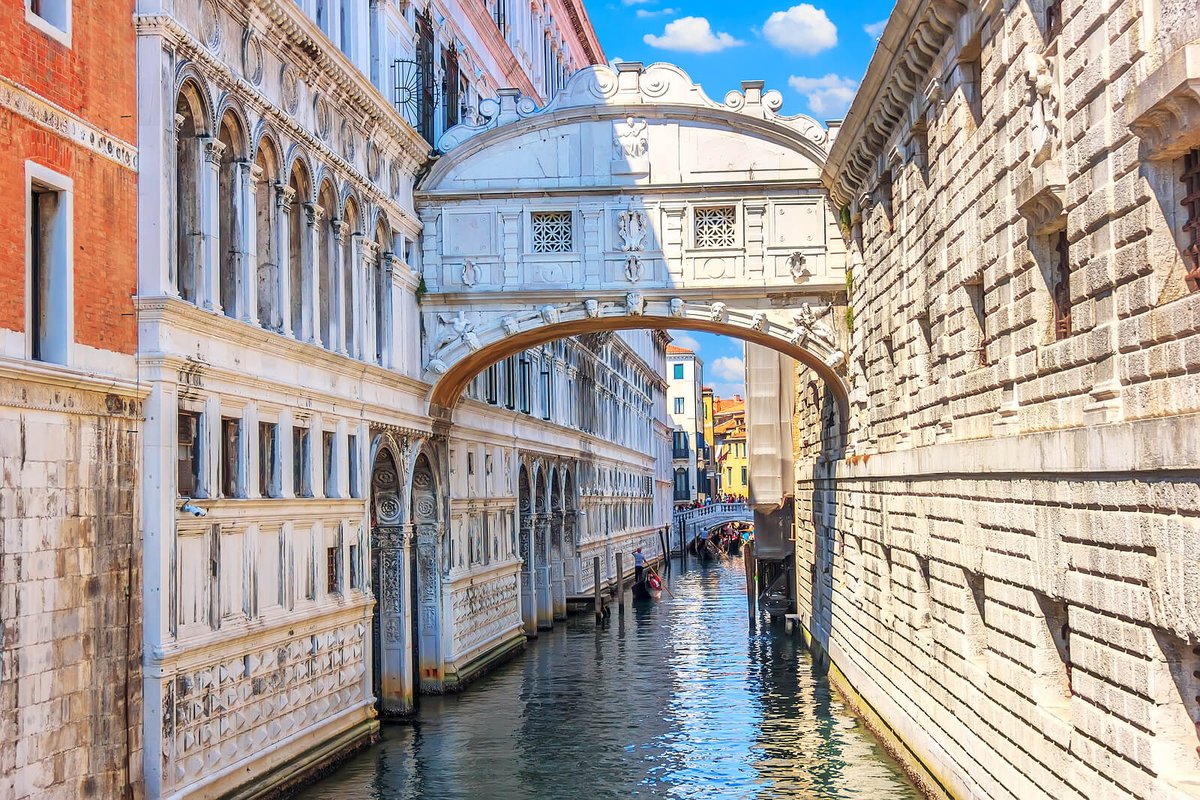
8. Ping Tang Bridge, China (2019)
One of the best examples of the cable-stayed bridge, which has become the dominant form of modern major bridge projects.
One of the best examples of the cable-stayed bridge, which has become the dominant form of modern major bridge projects.
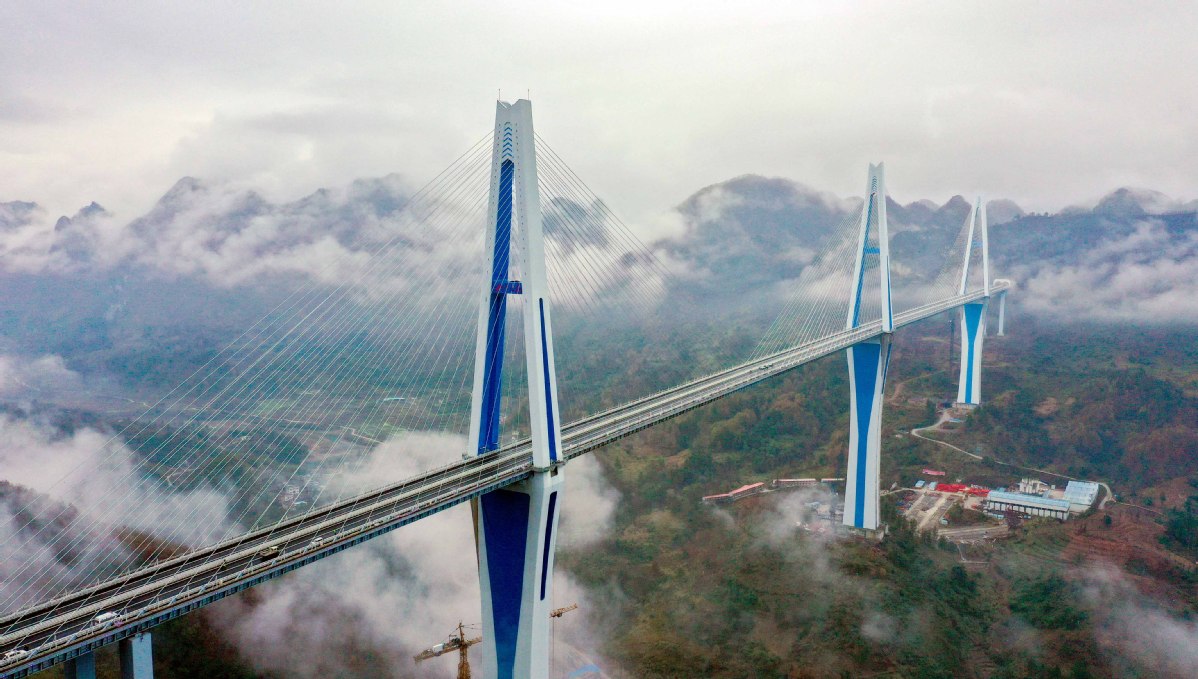
9. Caravan Bridge in Izmir, Turkey (9th century BC)
Nearly three thousand years old, this is the oldest bridge still in use anywhere in the world, and one of the oldest still-used structures of any kind.
Nearly three thousand years old, this is the oldest bridge still in use anywhere in the world, and one of the oldest still-used structures of any kind.
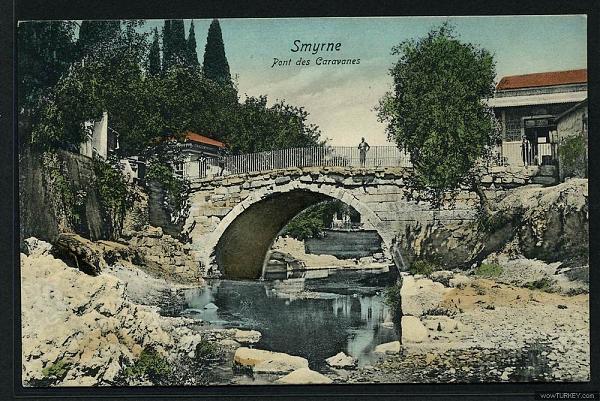
10. Stari Most (Old Bridge) in Mostar, Bosnia & Herzegovina
First built in 1566 by the chief architect of Sultan Suleiman the Magnificent, it was destroyed during the Croat–Bosniak War in 1993 and rebuilt stone for stone in 2004.
First built in 1566 by the chief architect of Sultan Suleiman the Magnificent, it was destroyed during the Croat–Bosniak War in 1993 and rebuilt stone for stone in 2004.
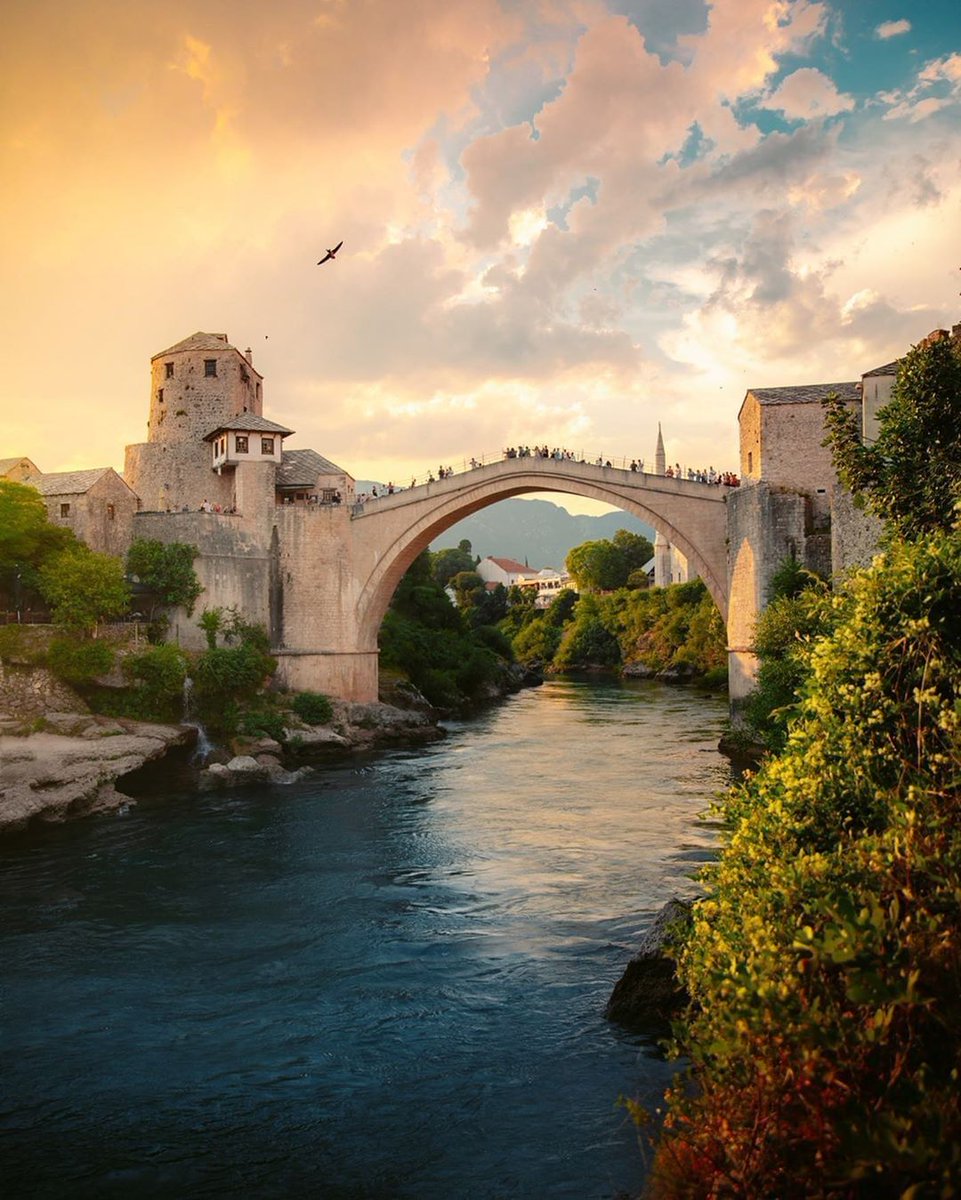
11. Lake Ponchartrain Causeway, USA (1969)
At just over 38 kilometres in length, this is the world's longest continuous bridge over water.
At just over 38 kilometres in length, this is the world's longest continuous bridge over water.
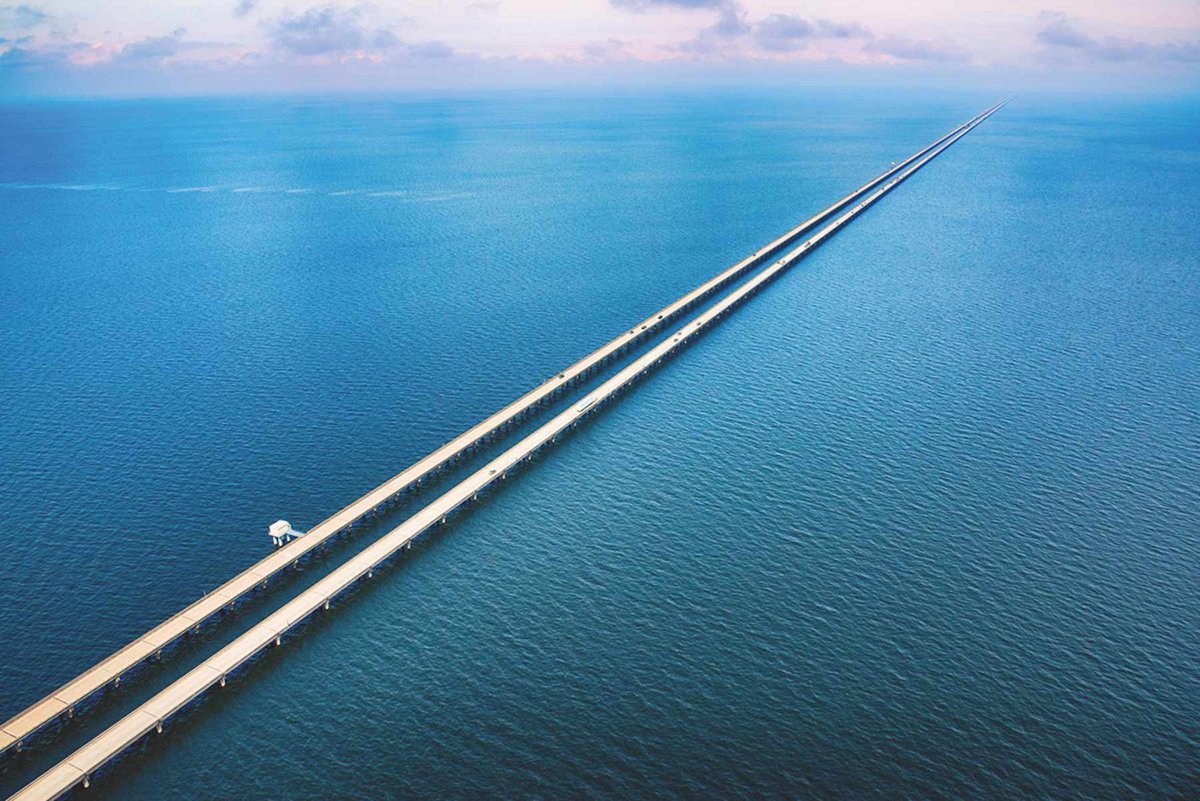
12. Duge Bridge, China (2016)
Not the tallest but the *highest* bridge in the world - its road deck is an astonishing 565 metres above the Beipan River.
Not the tallest but the *highest* bridge in the world - its road deck is an astonishing 565 metres above the Beipan River.
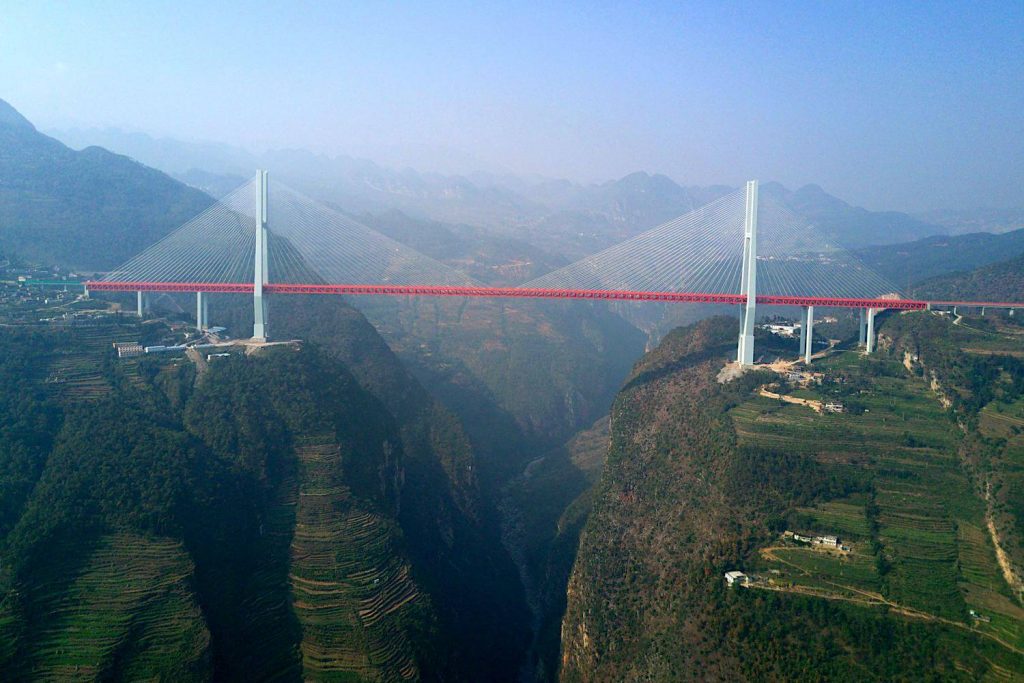
• • •
Missing some Tweet in this thread? You can try to
force a refresh

